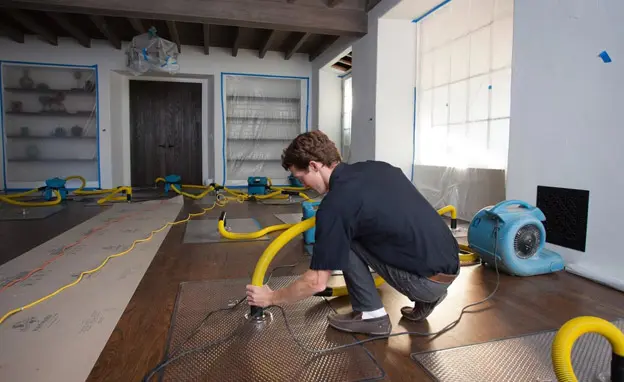Water damage is a formidable adversary, striking homes and businesses alike. Understanding the water removal process is crucial to mitigating the consequences of floods, leaks, or other water-related disasters. In this comprehensive guide, we will delve into the intricacies of water removal, shed light on effective techniques, and emphasize the importance of swift action.
Table of Contents
The Urgency of Water Removal
Understanding the Impact of Water Damage:
- Delve into the potential consequences of untreated water damage.
- Explore the urgency of promptly initiating the water removal process.
Risk of Prolonged Exposure:
- Discuss the risks associated with prolonged exposure to water damage.
- Emphasize the importance of immediate intervention to prevent further deterioration.
The Water Removal Process
1. Assessment and Inspection:
- Explore the initial steps for assessing the extent of water damage.
- Discuss the role of thorough inspection in identifying affected areas.
2. Extraction of Standing Water:
- Detail the techniques used for extracting standing water.
- Discuss the importance of specialized equipment in this phase.
3. Drying and Dehumidification:
- Explore the methods employed for drying affected surfaces.
- Discuss the role of dehumidifiers in removing excess moisture from the air.
4. Sanitization and Disinfection:
- Emphasize the need for sanitization to prevent mold and bacterial growth.
- Discuss the use of disinfectants to ensure a clean and safe environment.
5. Monitoring and Prevention:
- Highlight the importance of continuous monitoring during and after the process.
- Discuss preventive measures to avoid future water damage.
Special Considerations for Water Removal in Flatirons
Flatirons-Specific Challenges:
- Explore unique challenges associated with water removal Flatirons region.
- Discuss geological factors that may impact the process.
Adaptations in Techniques:
- Highlight adaptations in water removal techniques for Flatirons.
- Discuss how local conditions may influence the approach to water damage restoration.
DIY vs. Professional Water Removal
Assessing the Feasibility of DIY:
- Discuss scenarios where DIY water removal may be feasible.
- Highlight the limitations and potential risks of self-initiated water removal.
Benefits of Professional Water Removal Services:
- Explore the advantages of hiring professional water removal services.
- Discuss the expertise, equipment, and efficiency that professionals bring to the table.
Importance of Immediate Action
Preventing Secondary Damage:
- Discuss the potential for secondary damage if water removal is delayed.
- Highlight the connection between swift action and minimizing overall damage.
Mold Prevention:
- Emphasize the role of immediate water removal in preventing mold growth.
- Discuss how mold can proliferate in damp environments.
Conclusion
In the battle against water damage, the removal process is critical. Each element plays a pivotal role, from the assessment and extraction of standing water to the crucial steps of drying, sanitization, and monitoring. For those in regions like the Flatirons, understanding the specific challenges and potential adaptations is key. Whether considering DIY efforts or opting for professional assistance, the urgency of immediate action cannot be overstated. This comprehensive guide serves as a roadmap for navigating the intricate water removal process, highlighting the importance of timely intervention in safeguarding properties and ensuring a swift recovery from water-related disasters.

